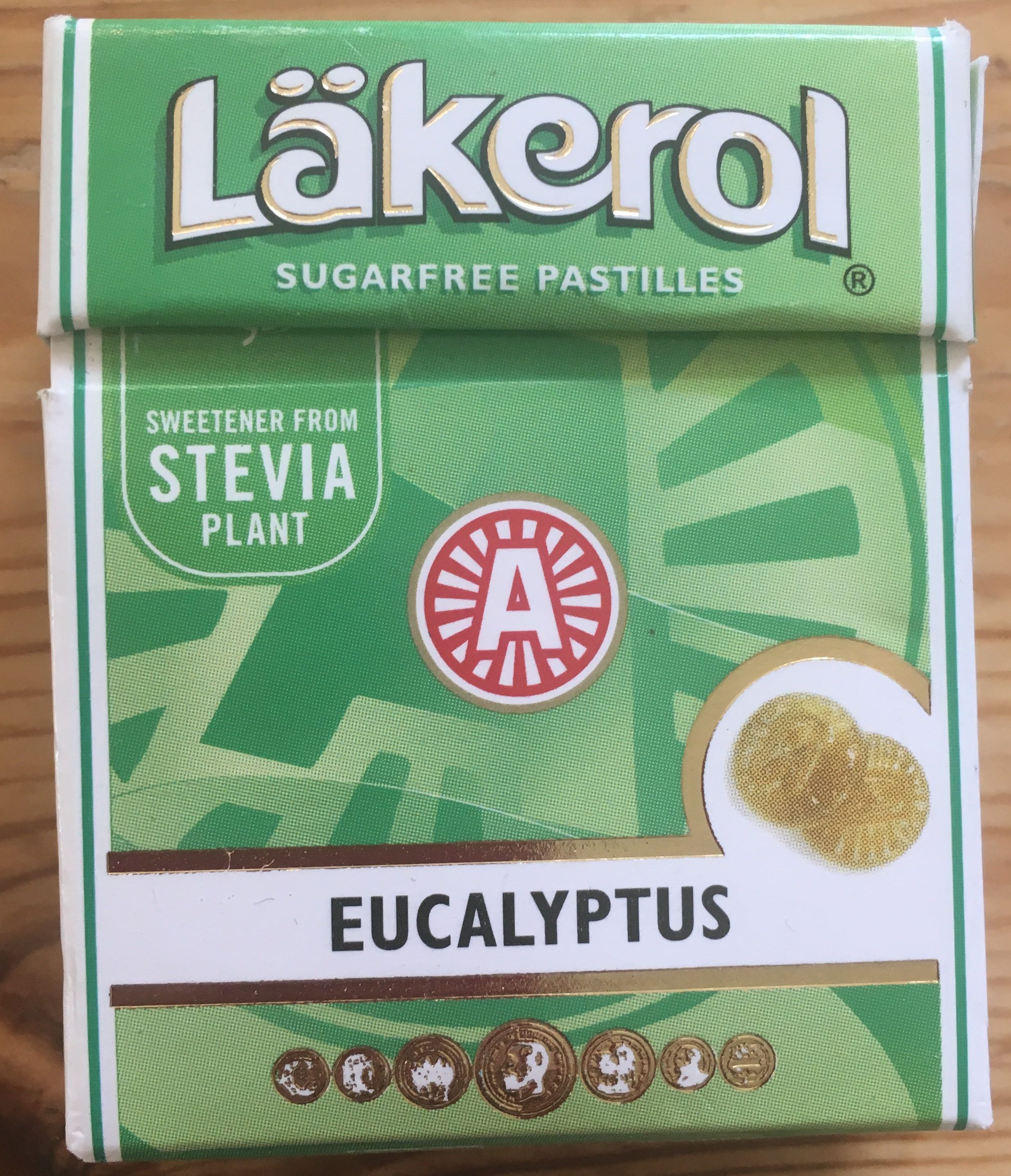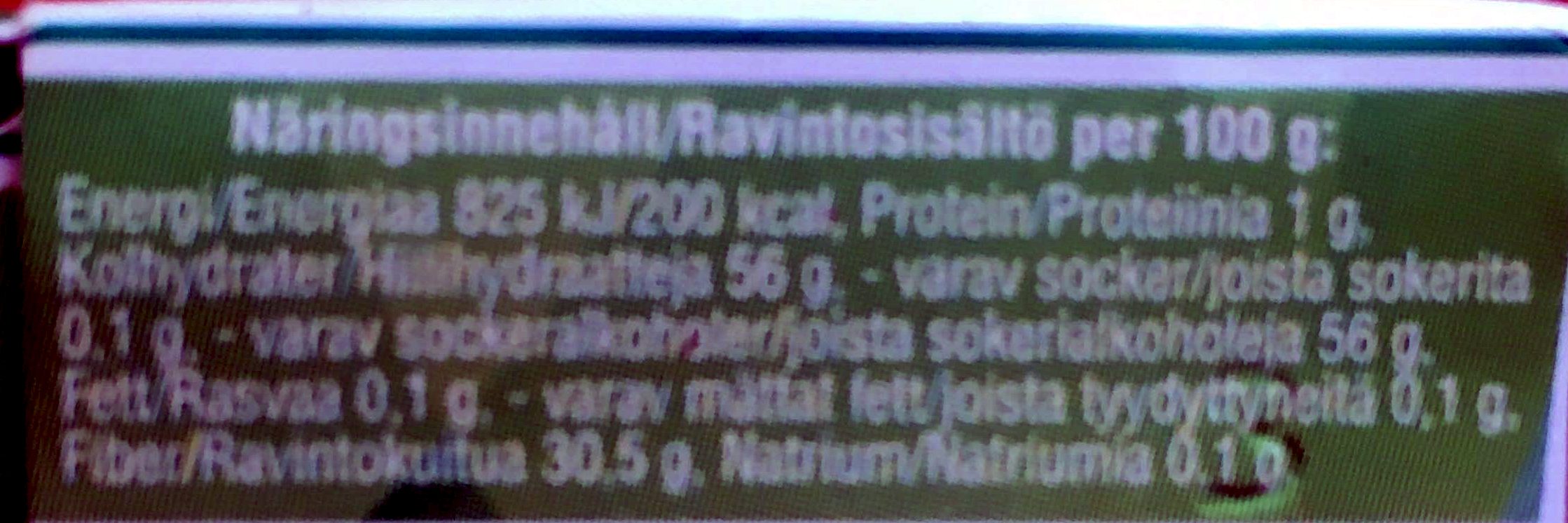Läkerol Ecalyptus - 23 g
This product page is not complete. You can help to complete it by editing it and adding more data from the photos we have, or by taking more photos using the app for Android or iPhone/iPad. Thank you!
×
Streckkod: 7310350103355 (EAN / EAN-13)
Kvantitet: 23 g
Kategorier: Snacks, Söta snacks, Konfekt, Throat lozenge
Etiketter, certifieringar, utmärkelser: Lågt eller inget socker, No sugar, Kunglig hovleverantör, Made-from-stevia-plant
Butiker: Pressbyrån
Länder där såld: Sverige









